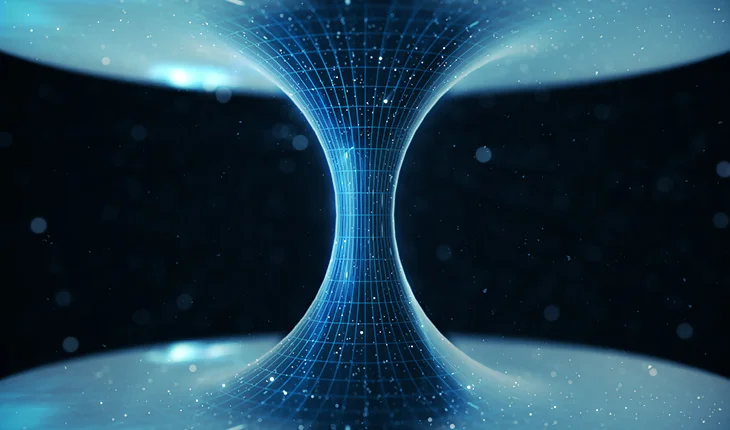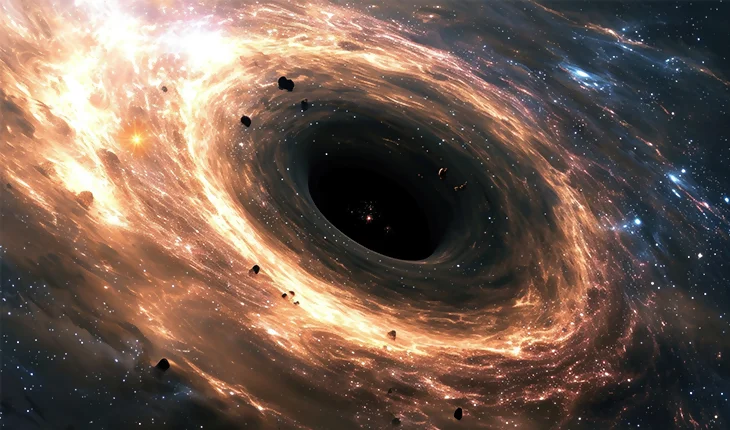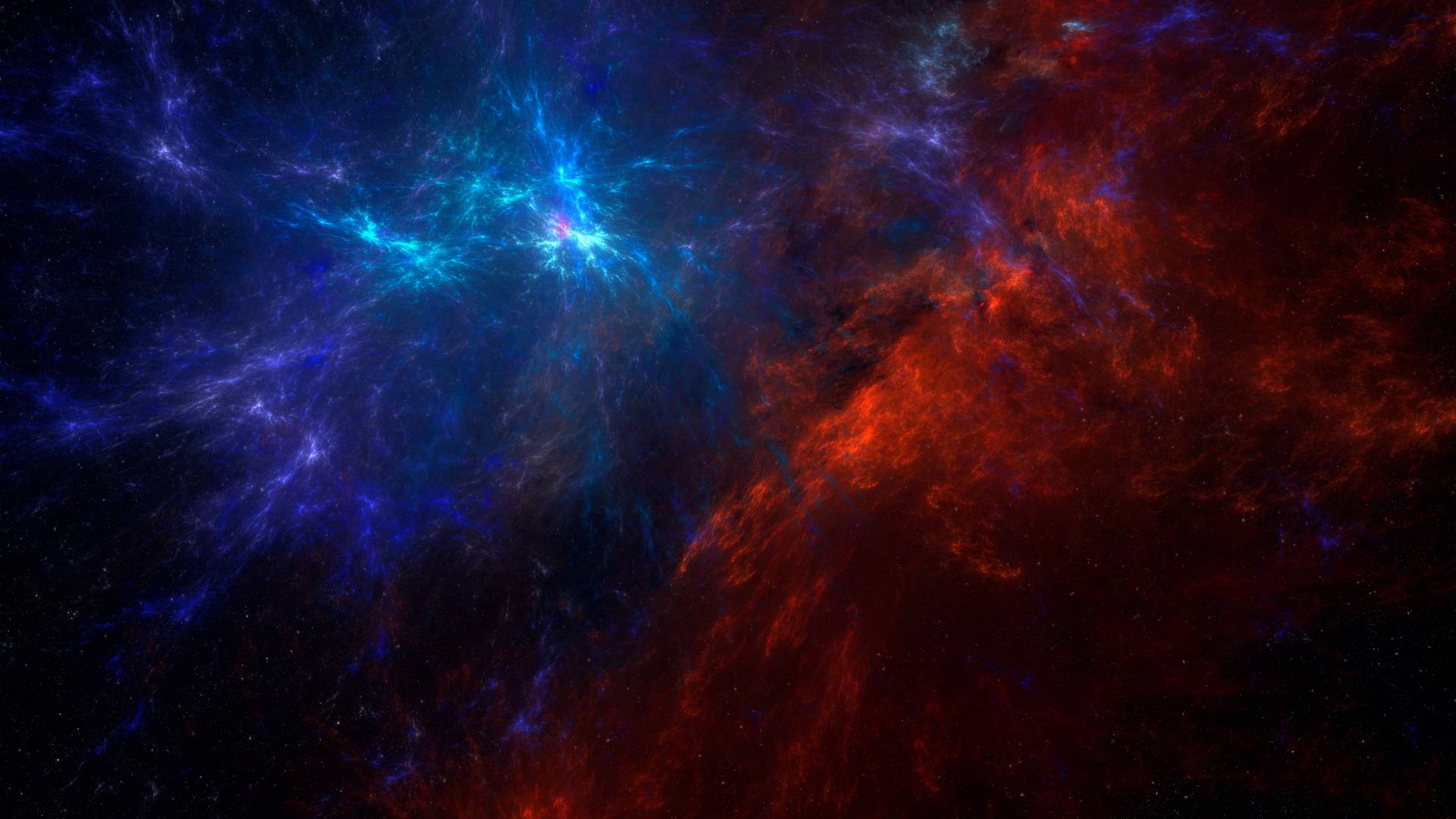Astronomers and stargazers alike find black holes to be fascinating celestial mysteries in the vast expanse of space and time, where space and time merge into a mysterious dance. Discovering the mysteries surrounding these cosmic giants, this article takes readers on a voyage into the core of black hole theory.
The Enigma of Black Holes
Black holes are gravitational powerhouses that exert a force so strong that nothing, not even light, can escape their gravitational grasp. The concept of a black hole was first theorized by Albert Einstein’s General Theory of Relativity, which predicted the collapse of massive stars into infinitely dense points in space.
Albert Anistein’s black hole theory
Albert Einstein’s General Theory of Relativity, formulated in 1915, laid the foundation for our understanding of gravity and spacetime spacetime. The theory proposed that massive objects, such as stars, could warp the fabric of spacetime spacetime, creating what we perceive as gravity. Einstein’s equations predicted that extreme gravitational forces could lead to the formation of what we now call black holes.
It’s crucial to remember that even though Einstein himself was first dubious about the existence of black holes, his equations did allow for their possibility. Einstein and physicist Nathan Rosen proposed the existence of “Einstein-Rosen bridges,” or wormholes, in a paper they published in 1939. This paper did not directly address black holes as we know them today, but it did explore the concept of tunnels connecting two distinct points in spacetime spacetime. Physicist John Archibald Wheeler first used the term “black hole” in 1967, a long time after Albert Einstein passed away in 1955. The idea of black holes spread throughout time as astronomers and physicists dug deeper into the implications of Einstein’s equations, and they are now an essential component of our comprehension of the universe.

Black hole theory explained
An immense quantity of mass is compressed into a small volume in black hole regions in space. The following is what we would like to clarify:
Formation and Types:
Massive stars that are nearing death give birth to black holes. When a star runs out of nuclear fuel, gravity takes over, and the massive weight of the star causes it to collapse. Black holes are classified as stellar-mass or supermassive black holes, the latter of which are found at the centers of most galaxies, including the Milky Way, based on the mass of the collapsing star.
Event Horizon: The Point of No Return:
At the heart of a black hole lies the infamous event horizon—a boundary beyond which nothing, not even information, can escape. It’s the point of no return, where the gravitational pull becomes so intense that the laws of physics as we know them break down.
Observational Evidence:
Despite their elusive nature, astronomers have gathered compelling evidence supporting the existence of black holes. Observations of stars orbiting invisible masses and the detection of gravitational waves—ripples in spacetime caused by cataclysmic events—have strengthened our understanding of these cosmic enigmas.
Related Contents:
Where do Black Holes Take You?
How Many Black Hole Are There are There in Milky Way ?
Black hole theory Stephen Hawking
Particularly through his work on black hole thermodynamics and the idea of Hawking radiation, Stephen Hawking made a substantial contribution to our understanding of black holes.
Hawking radiation is one of Stephen Hawking’s most important contributions to black hole theory. He postulated in 1974 that black holes are not entirely black but rather gradually emit particles. This radiation originates from particle-antiparticle pairs that spontaneously form close to the event horizon due to quantum effects. The black hole absorbs one of these particles, which lowers its mass and releases the other as Hawking radiation. This phenomenon suggests that black holes may eventually evaporate due to a slow loss of mass.
Black Hole Theory of Relativity
the black hole theory is deeply rooted in Einstein’s General Theory of Relativity. The gravitational collapse of massive stars, the warping of spacetime spacetime, and the profound effects on light and time are all key elements linking the two theories. While Einstein initially had reservations about the existence of black holes, subsequent developments in astrophysics and observational evidence have firmly established them as a fascinating and integral aspect of the cosmic landscape.
John Michell’s black hole theory
John Michell, a natural philosopher, and clergyman from the 18th century, is frequently recognized as one of the first intellectuals to put forth the concept of what is now known as black holes. His research paved the way for theorizing about these mysterious cosmic objects. A synopsis of John Michell’s contributions to the early theory of black holes is provided below:
In a letter to the Royal Society in 1783, Michell considered the possibility of “dark stars” whose gravitational pull would be so strong that not even light could escape from them. He based his reasoning on Isaac Newton’s laws of gravity, suggesting that if a star were massive enough and had a sufficiently small radius, its escape velocity would exceed the speed of light. This idea was presented well before the development of Einstein’s General Theory of Relativity.



